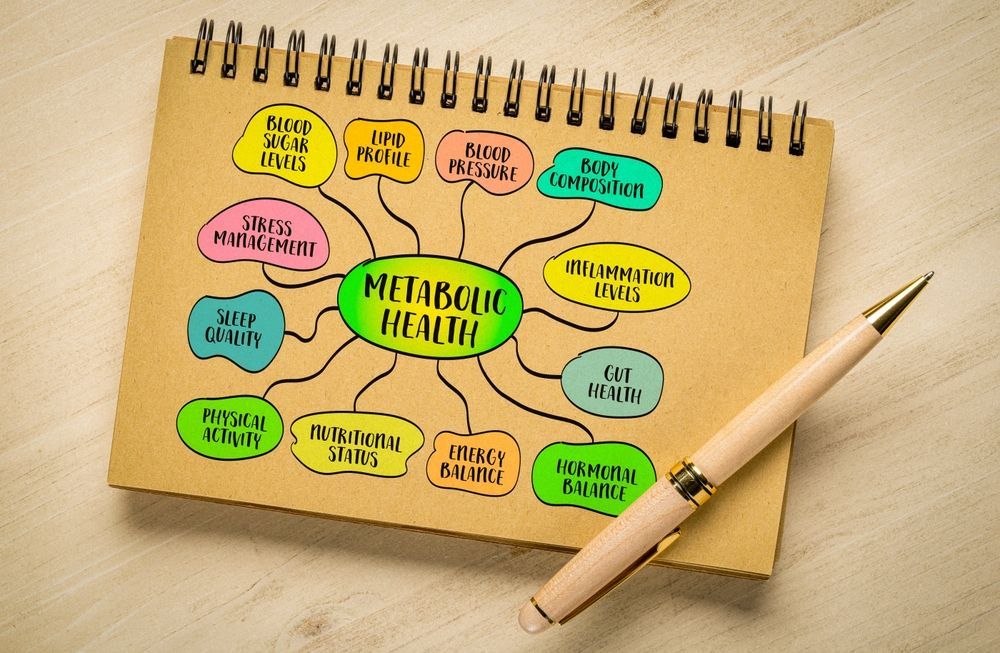Vitamin D IV Therapy for Energy and Bone Health

Understanding Vitamin D and Its Importance
Vitamin D is a vital nutrient that plays a crucial role in maintaining overall health. It is unique compared to other vitamins because it can be synthesized by the body when the skin is exposed to sunlight. This important vitamin aids various bodily functions, contributing to a strong immune system, efficient muscle function, and optimal nervous system health.
Furthermore, vitamin D is essential for calcium absorption in the gut, thereby supporting the process of bone mineralization. Low levels of vitamin D can lead to weakness, bone pain, and an increased risk of fractures. Ensuring adequate levels of this vitamin is fundamental for achieving good health and preventing numerous diseases.
The Role of Vitamin D in the Body
Vitamin D has several critical functions in the body. It is primarily recognized for its role in maintaining bone health by ensuring that calcium and phosphorus levels remain balanced. These minerals are important for developing and maintaining strong bones and teeth.
Additionally, vitamin D is involved in modulating the immune response, helping the body to ward off infections. Research suggests that adequate vitamin D levels may reduce the risk of chronic diseases, including autoimmune diseases and certain types of cancer.
Deficiency of Vitamin D: Causes and Symptoms
Vitamin D deficiency is surprisingly common and can arise due to various factors. One of the primary reasons is a lack of sun exposure, especially for individuals who live in northern latitudes or spend most of their time indoors. Diet also plays a role; people who do not consume sufficient amounts of vitamin D-rich foods, such as fatty fish, fortified dairy products, or egg yolks, may find their levels lacking.
Symptoms of vitamin D deficiency can vary but often include fatigue, muscle weakness, joint pain, and in severe cases, bone deformities like rickets in children or osteomalacia in adults. Recognizing these symptoms early is critical for effective intervention and enhanced well-being.
Intravenous Vitamin D Therapy: An Overview
Intravenous (IV) vitamin D therapy has emerged as a compelling option for those experiencing severe deficiencies, or for individuals unable to absorb vitamin D efficiently through oral supplementation. This method allows more direct delivery of the vitamin into the bloodstream, leading to immediate increases in blood levels compared to oral doses.
This therapy has gained popularity due to its efficiency in targeting deficiencies quickly and addressing the needs of those who have underlying gastrointestinal issues that limit absorption. Patients may find that IV therapy can benefit them in various health aspects, including energy levels and bone density.
The Process of Vitamin D IV Therapy
The process of vitamin D IV therapy typically starts with a consultation, during which a healthcare professional will evaluate the patient’s medical history and current vitamin D levels. Routine blood tests are conducted to determine the best course of action.
During the therapy session, the patient is connected to an IV drip that administers the vitamin D directly into their bloodstream. This may take about 30 to 60 minutes. Many patients experience little to no discomfort, making it a preferable method for those hesitant about oral supplements.
Who Can Benefit from Vitamin D IV Therapy?
Vitamin D IV therapy can be particularly beneficial for individuals who have been diagnosed with a deficiency and are symptomatic. People with malabsorption conditions, such as Crohn’s disease or celiac disease, may also find this therapy effective, as they struggle to absorb nutrients from their diet.
Moreover, individuals with chronic illnesses, elderly populations, or those who live in areas with limited sunlight exposure can also benefit significantly from this method of supplementation. Consulting a healthcare provider will help identify if IV therapy is appropriate for specific health needs.
Vitamin D IV Therapy for Energy Boost
The relationship between vitamin D and energy levels is an intriguing area of study. Many patients report elevated energy levels and reduced fatigue following vitamin D IV therapy, suggesting that this vitamin plays a role in maintaining optimal functioning.
Additionally, vitamin D is known to influence several aspects of metabolic processes. By improving the efficiency of muscle contractions and promoting healthy blood sugar levels, adequate vitamin D can lead to a noticeable boost in overall vitality.
How Vitamin D Influences Energy Levels
Research indicates that low vitamin D levels may be linked to increased feelings of fatigue and sluggishness. Vitamin D is believed to play a part in modulating mood and reducing the risk of depression, both of which can impact energy levels and overall motivation.
By replenishing low vitamin D through IV therapy, many individuals experience improved mood and consequentially feel more energetic. This holistic approach to combating fatigue can make a significant difference in quality of life.
The Impact of Vitamin D IV Therapy on Fatigue
Clinical studies have indicated a marked improvement in symptoms of fatigue among individuals receiving vitamin D IV therapy. As the treatment effectively raises blood levels of vitamin D, many patients report experiencing enhanced physical and mental energy.
Over time, as energy levels stabilize and fatigue decreases, individuals can enjoy a better quality of life, including increased participation in daily activities and improved emotional well-being.
Vitamin D IV Therapy for Bone Health
Maintaining healthy bones is fundamental to overall health, making vitamin D an essential component in bone health strategies. For individuals at risk of osteoporosis or other bone diseases, ensuring adequate vitamin D through supplementation is critical.
IV therapy can rapidly elevate vitamin D levels, promoting better calcium absorption and, ultimately, stronger bones.
Vitamin D and Its Connection to Bone Health
Vitamin D not only facilitates calcium absorption in the gut but also influences bone remodeling processes. It helps maintain the balance between bone formation and bone resorption, which is essential for bone health throughout one’s life.
Moreover, vitamin D deficiency has been linked to an increased risk of falls and fractures in the elderly, signifying the importance of maintaining adequate levels to support bone strength.
The Effectiveness of Vitamin D IV Therapy for Bone Diseases
Research has shown that patients with bone diseases like osteoporosis may experience significant benefits from vitamin D IV therapy. Improved vitamin D levels contribute to better calcium homeostasis and support bone mineralization.
Patients undergoing IV therapy often observe a reduction in fracture risks and potential improvements in bone density over time. This therapy can be a game-changer for those looking to protect and enhance their bone health.
Potential Side Effects and Risks of Vitamin D IV Therapy
As with any medical treatment, it is essential to be aware of potential side effects associated with vitamin D IV therapy. While many patients tolerate the treatment well, some may experience mild discomfort, headaches, or allergic reactions.
Approaching vitamin D therapy under professional guidance ensures that the benefits outweigh the risks and that any adverse symptoms are promptly addressed.
Common Side Effects of Vitamin D IV Therapy
Some common side effects reported after vitamin D IV sessions include:
- Headaches
- Nausea
- Fatigue
- Weakness at the injection site
It is crucial that patients report any unexpected or severe reactions to their healthcare provider immediately to ensure proper care.
Precautions and Contraindications for Vitamin D IV Therapy
Not everyone is a candidate for vitamin D IV therapy. Individuals with certain health conditions, like hypercalcemia (elevated levels of calcium in the blood) or those on certain medications that impact calcium metabolism, should avoid this treatment. Always consult a healthcare professional to discuss any medical issues or concerns prior to receiving vitamin D IV therapy.
In conclusion, vitamin D IV therapy offers a viable solution for those looking to improve their energy levels and ensure bone health, provided it is approached safely and under expert supervision. By understanding the potential benefits and risks, individuals can make informed decisions about their health.










